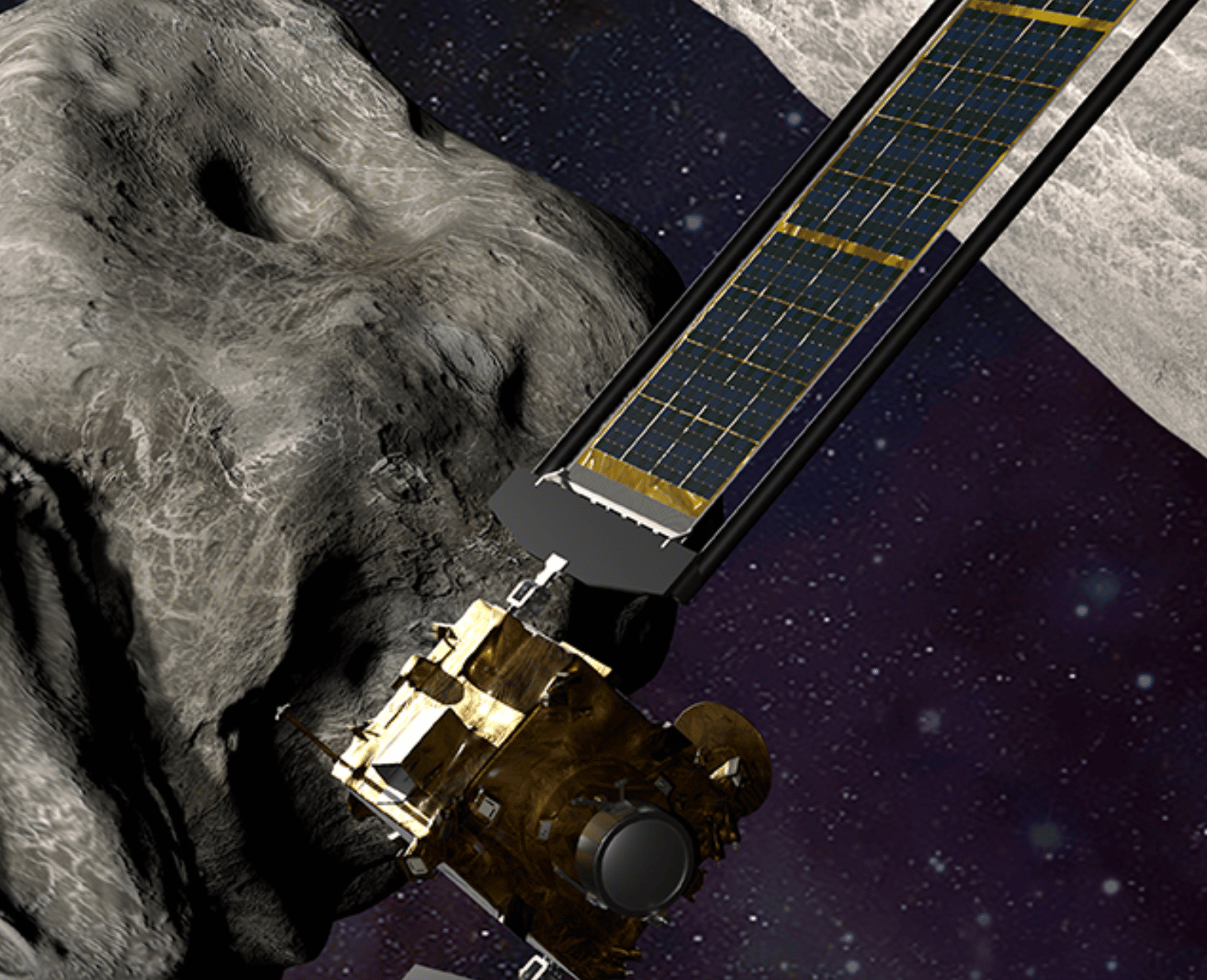The Double Asteroid Redirection Test (DART) has successfully collided with the asteroid Dimorphos in a NASA first. NASA wanted to test whether it could successfully guide the satellite into the asteroid in efforts to redirect the course of the rock.
Although the asteroid posed no danger to earth, the practice mission will provide a wealth of data in the case of an asteroid that may do so in the future. NASA said it was a perfect target to test out a “kinetic impact” and learn more about the effects if an asteroid is ever on track to hit the Earth.
NASA is hoping the impact will redirect the asteriod and that they will be able to use the data collected from this event to assist in such a mission if it ever became necessary to prevent an asteroid from impacting earth.
According to a NASA statement: “DART is the first-ever mission dedicated to investigating and demonstrating one method of asteroid deflection by changing an asteroid’s motion in space through kinetic impact. This method will have DART deliberately collide with a target asteroid—which poses no threat to Earth— in order to change its speed and path. DART’s target is the binary, near-Earth asteroid system Didymos, composed of the roughly 780-meter (2,560-foot) -diameter ‘Didymos’ and the smaller, approximately 160-meter (530-foot)-size ‘Dimorphos,’ which orbits Didymos. DART will impact Dimorphos to change its orbit within the binary system, and the DART Investigation Team will compare the results of DART’s kinetic impact with Dimorphos to highly detailed computer simulations of kinetic impacts on asteroids. Doing so will evaluate the effectiveness of this mitigation approach and assess how best to apply it to future planetary defense scenarios, as well as how accurate the computer simulations are and how well they reflect the behavior of a real asteroid.”
